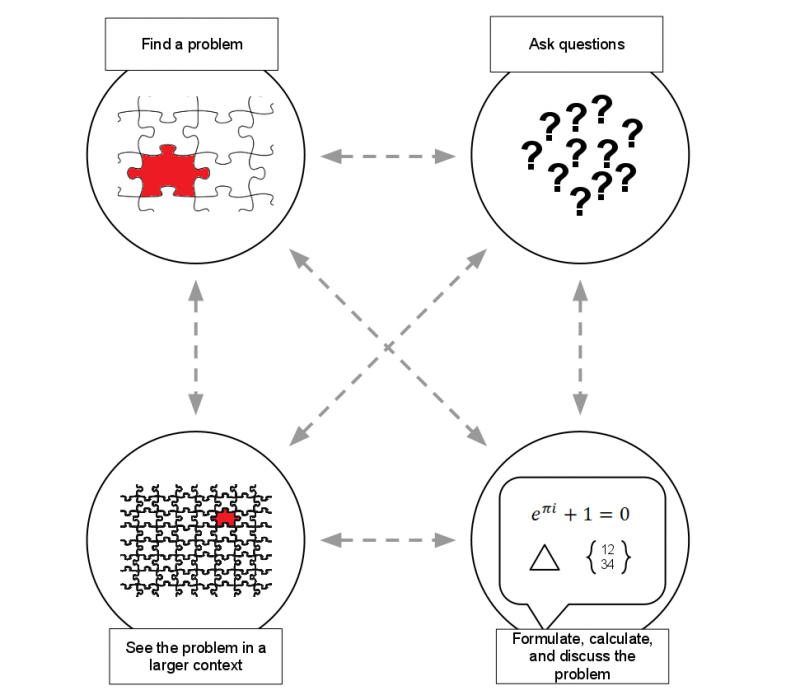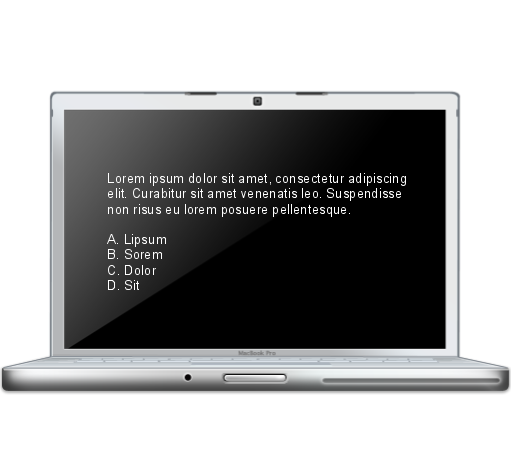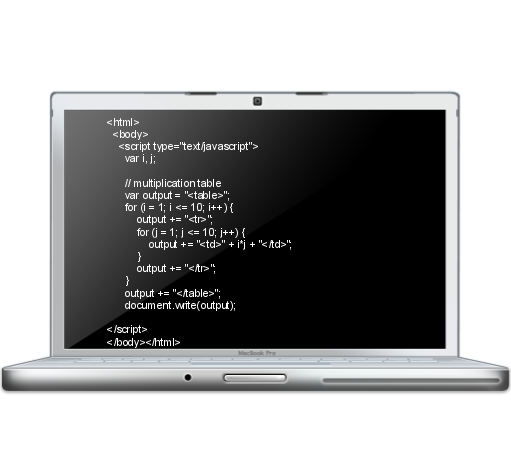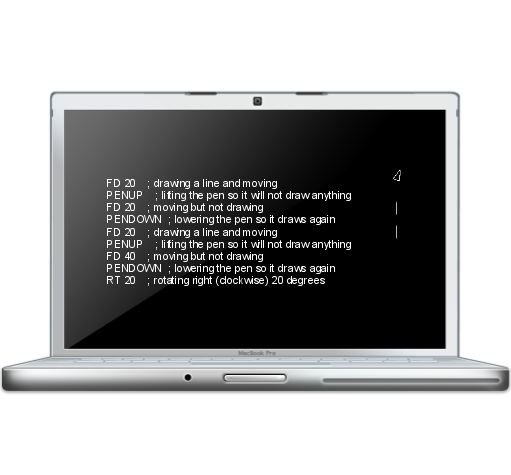
Should the goal of schools be to prepare students for jobs when they complete school? The answer to this question seems to be obviously yes to many people, but this naive answer is problematic for a few reasons.
At the end of the 19th century, many educators agreed, the role of schools was to prepare students for a life of monotony in the factories.
“Every manufacturing establishment that turns out a standard product or series of products of any kind maintains a force of efficiency experts to study methods of procedure and to measure and test the output of its works. Such men ultimately bring the manufacturing establishment large returns, by introducing improvements in processes and procedure, and in training the workmen to produce a larger and a better output. Our schools are, in a sense, factories in which the raw products (children) are to be shaped and fashioned into products to meet the various demands of life. The specifications for manufacturing come from the demands of twentieth-century civilization, and it is the business of the school to build its pupils according to the specifications laid down. This demands good tools, specialized machinery, continuous measurement of production to see if it is according to specifications, the elimination of waste in manufacture, and a large variety in the output.” Elwood Cubberly, Stanford’s Dean of Education, 1905, Public School Administration, p338
“Ninety-nine [students] out of a hundred are automata, careful to walk in prescribed paths, careful to follow the prescribed custom. This is not an accident but the result of substantial education, which, scientifically defined, is the subsumption of the individual…
…The great purpose of school can be realized better in dark, airless, ugly places…It is to master the physical self… to transcend the beauty of nature. School should develop the power to withdraw from the external world.” – William Torrey Harris, US Commissioner of Education, 1889 – 1906
John Dewey had a cautionary note for teachers that they should recognize their role in this situation.
“Every teacher should realize he is a social servant set apart for the maintenance of the proper social order and the securing of the right social growth.” John Dewey, My Pedagogical Creed, 1897.
Consider now this quote from the current Secretary of Education for the United States.
“We need more highly trained, highly skilled workers; we need to keep raising standards, raising the bar...” – Arne Duncan, US Secretary of Education, 2009 – Present
“We still don’t have enough engineers.” President Obama, June, 2011
When the goals of industry match the traits we think good people should have, then no one notices that our focus is wrong. What if the goals don’t match? What if the US economy needed 100,000 more janitors instead (note: Being a janitor can be a fulfilling and interesting career, my point is that the aims of a mathematics course would be quite different)? Are the aims of an education focused on the needs of industry the same as an education focused on the needs of our students?
We should be helping develop good people, which our world desperately needs. While it can be argued that a value judgement like “good people” is difficult (impossible?) to define, the key here is not that we carefully define the judgement itself, but that we recognize the change in focus.






